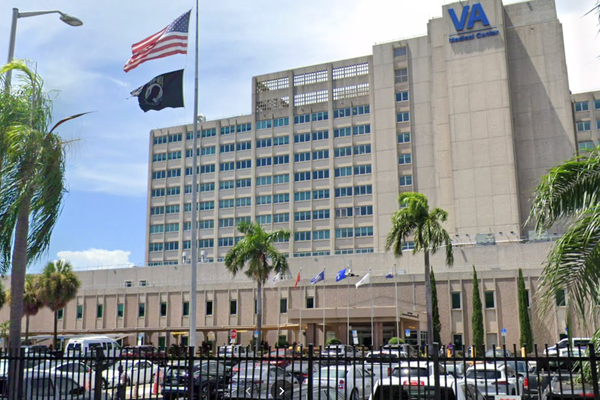
Delhi Metro is all set to open the Botanical Garden interchange station on the Magenta Line for commuters. It will be the first interchange station on Metro network outside Delhi.
Though DMRC has not finalised a date, it said the section is likely to open by the end of November. Botanical Garden is currently located on the Blue Line (Dwarka Sector 21-Noida City Centre) of the metro network. Under Phase 3 expansion, it has been transformed as an interchange station on the upcoming Magenta Line (Botanical Garden-Janakpuri West). The interchange facility has been connected with the existing station building.
The station in Noida will help commuters save 45 minutes while travelling between Noida and south Delhi.
Botanical Garden will connect Noida directly with south Delhi localities such as Nehru Place and Kalkaji. Passengers travelling from Noida to Faridabad will now be able to change trains at Kalkaji Mandir for their onward journey to Faridabad.
Since both Botanical Garden and Kalkaji Mandir are interchange stations, there will be significant reduction in travelling time between various destinations, especially those on the blue (Dwarka Sector 21 - Noida City Centre) and violet (Kashmere Gate- Escorts Mujesar) lines.
“The Botanical Garden-Kalkaji section will have nine stations. Apart from Kalkaji Mandir, all other stations will be elevated. And after the subsequent extension of the Magenta line from Kalkaji Mandir to Janakpuri West, the travelling time between Noida and Gurgaon will come down by about half an hour to a just 50 minutes, with an interchange at Hauz Khas,” Anuj Dayal, DMRC spokesperson, said. “Currently, it takes about 1.5 hours to travel between HUDA City Centre in Gurgaon to Botanical Garden in Noida, with an interchange at the busy Rajiv Chowk Metro station.”
Noida will also get directly connected with the domestic terminals of the Indira Gandhi International Airport for the first time. The journey from the Botanical Garden station to the domestic terminal will take about 40 minutes.
The Magenta Line is part of the Phase 3 expansion of metro network in Delhi. The project, which is being implemented at a cost of around Rs 40,000 crore, will add 140 km of lines to the current network of 213 km. The Phase 3 network will also add 15 interchange stations to the existing nine and will take the count of total stations in Delhi-NCR to 227.
The Botanical Garden-Kalkaji section will be the first stretch of the Magenta line (Botanical Garden-Janakpuri West) to become operational. It will also be the first section of Delhi Metro where commuters will travel in driverless trains.
DMRC has projected that 97,780 people will use the station (including the interchange traffic) daily. In 2021, the number is expected to go up to 1.23 lakh.
DMRC said that trials on the 12.64-kilometre-long section has been completed and most of the clearances required for the Commissioner for Metro Rail Safety (CMRS) inspection have been received.
DMRC on Tuesday also showcased its first ever elevated stabling yard at Jasola Vihar. Twenty-seven trains can be parked at the yard.
Elevated stabling yard:
The depot for the Janakpuri West – Botanical Garden corridor is located at Kalindi Kunj. About 22.5 hectares of land was requisitioned for the construction of the depot out of which only about 50 percent could become available due to certain land acquisition issues. This was the only depot catering to the entire 36 kilometre line and had to be made ready on time to ensure the opening of the section.
“Since the available land was insufficient to construct all the major components of the depot, a decision was taken to construct elevated decks in Jasola Vihar to stable the trains. For the same, a 1.3 kilometre long and 30-40 mtr wide deck for stabling lines was constructed at Jasola Vihar near Kalindi Kunj on an elevated deck about 13 to 14 metres from the ground, where the trains operating on this section are being stabled,” Dayal added.
In the main depot area at Kalindi Kunj, the Auto Washing plant, for the cleaning of the trains, has also been set up at on an elevated deck for effective space management. A similar facility had earlier been set up at the Sultanpur depot in Phase 2 due to space constraints.
This facility will be able to accommodate 27 trains and the Inspection Bay would be able to hold six to eight trains at a time. In addition, another elevated deck for stabling additional trains in the future is also being planned.







